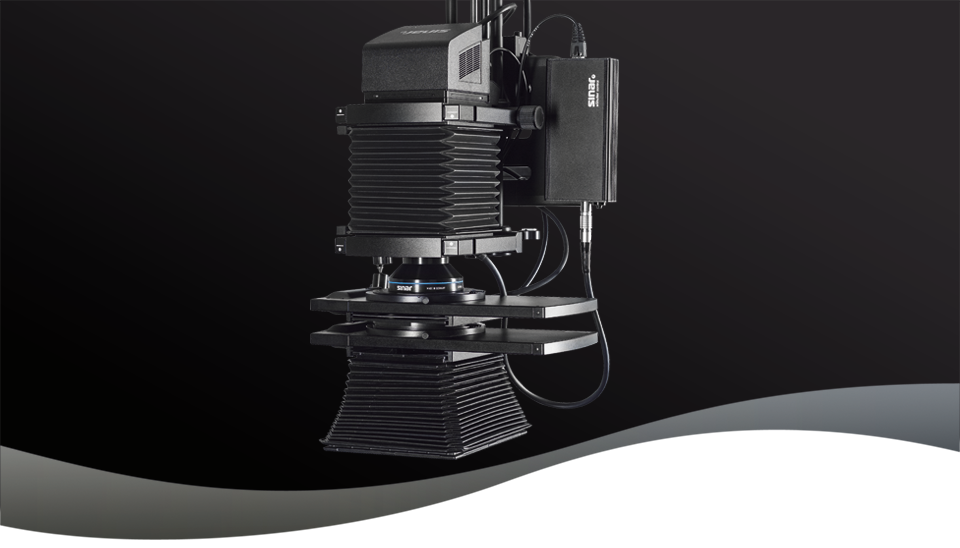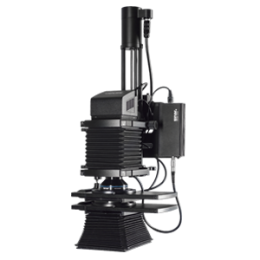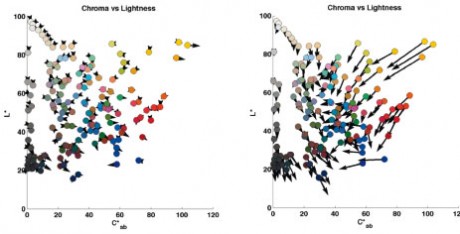 Sinar CTM
Sinar CTM
The premium brand Sinar stands for selected products developed and produced with the know-how of more than 65 years of camera manufacturing. Sinar – the leading manufacturer of view camera systems for professional high-end photography. Precision mechanical masterpieces with minimum tolerances – made in Switzerland with most modern machinery – meet the highest standards and requirements for professional digital photography. Components used are subject to the premium quality demands and meet the expectations of high-end photography without compromise. Sinar offers integrated, modular, complete solutions from one source – from camera platforms, lenses, one- and multi-shot digital backs, up to capturing software with integrated color management. Highest reliability and durability form the basis for the unmatched investment protection.
CTM stands for‚ “Color To Match” and delivers extreme color accuracy, setting a previously unequalled new standard.
Color Accuracy Redefined

CTM (Color To Match) multispectral dual-pass filter solution for highly accurate color reproduction in digital high-end photography. It corresponds to the visible spectrum of the human eye in the range of 390 – 700 nanometers. This dual filter solution has been engineered together with the Rochester Institute of Technology (RIT), Rochester, USA, and corrects for known color deficiencies in the Bayer pattern coating applied to photography CCD sensor arrays. CTM was developed exclusively for Sinar digital backs. This extreme color accuracy is especially required in digitization of valuable cultural objects of art, in reprography, scientific and advertising photography. The results achieved are digital image files with unmatched color accuracy that guarantee an efficient workflow and a high throughput.
Measurable Color Accuracy
 This graphical comparison illustrates the outstanding color accuracy of Sinar CTM (Color To Match, left) compared to an image taken with a current, commercially available digital back (right). The arrow diagrams show the target/actual results for the corresponding colors. Analyses of other digital backs may vary, but overall they show similar deviations from the nominal values.
This graphical comparison illustrates the outstanding color accuracy of Sinar CTM (Color To Match, left) compared to an image taken with a current, commercially available digital back (right). The arrow diagrams show the target/actual results for the corresponding colors. Analyses of other digital backs may vary, but overall they show similar deviations from the nominal values.
The convincing arguments of multi-shot and especially Sinar CTM (Color To Match) is of interest to users in museums, archives, galleries and advertising studio photographers. Photographers want to know more about the color accuracy of their photographic equipment. Therefore, Sinar offers a unique evaluation service to graphically show the color accuracy of customer systems and how much it differs from the target value. A picture of the “X-Rite Color Checker SG”, taken under the existing light conditions with the present camera system along with the completed form is sufficient to send the data to Sinar. Together with the clear color analysis the customer will receive an individual Sinar offer which shows what would be necessary for the conversion of the existing system to Sinar CTM.
In comparison to conventional digital images captured with oneshot digital backs, the significant improvement of color accuracy with Sinar CTM is obvious. Thanks to the Sinar multishot technique and the spectral characterization by dedicated filters the results regarding detail sharpness and color accuracy are unbeatable.
For visual control the following technical requirements and Photoshop settings are relevant:
- Image converted into ProPhoto RBG color space/ CMYK with the separation coated_FOGRA39_GCR_bas.icc
- Monitor calibration Sinar eMonitor with basICColor display 5, 120candle/lux, color temperature 5000K, black max.
- Check with daylight or lightbox to prevent a false impression by metamerism.
Exceptional Detail Sharpness
Besides true and accurate colors, CTM (Color To Match) provides multi-channel technology for non-interpolated pixel color registration. Against any one-shot solution, multi-shot increases the color resolution for red and blue by a factor of 2, green by factor of 4. This enhancement does not depend on the number of pixels of a CCD sensor and shows clear improvements in detail sharpness. The achieved image detail quality is not possible with one-shot photographs with interpolated colors.